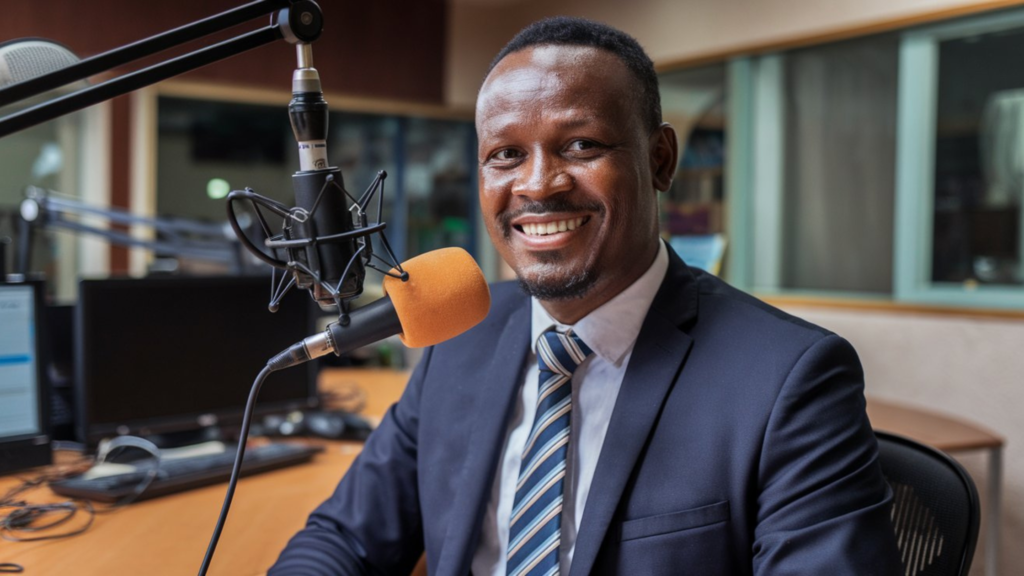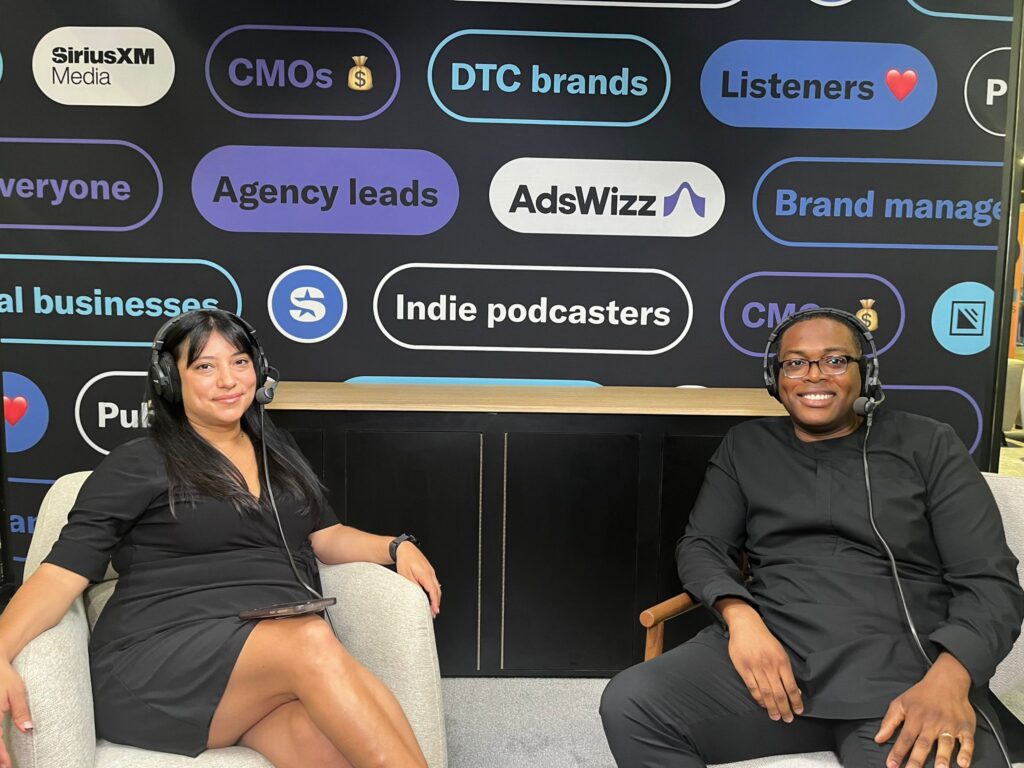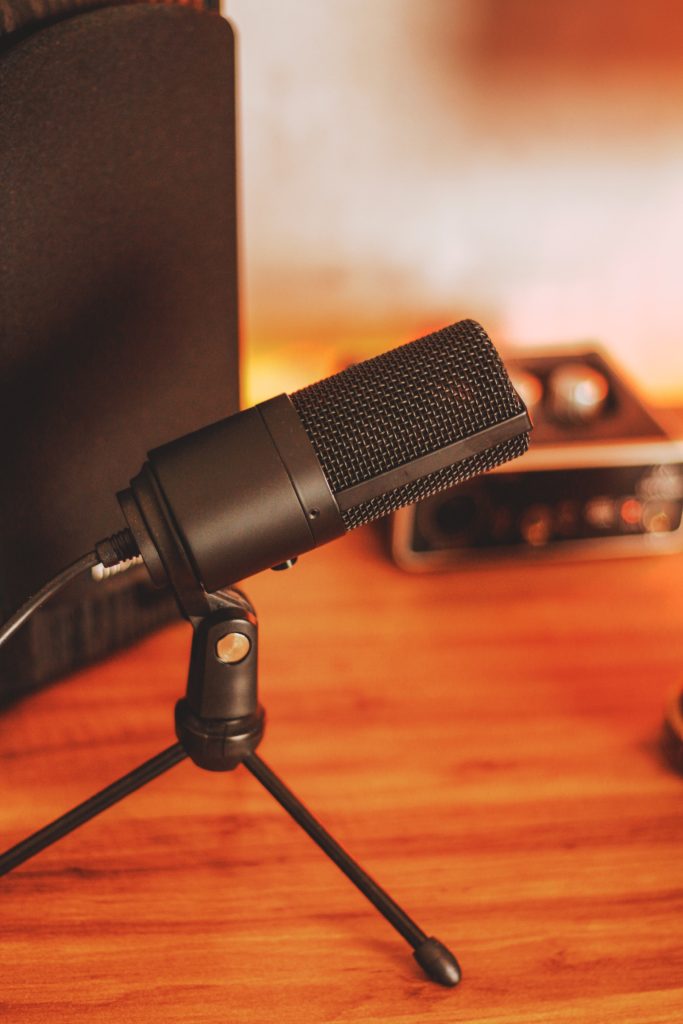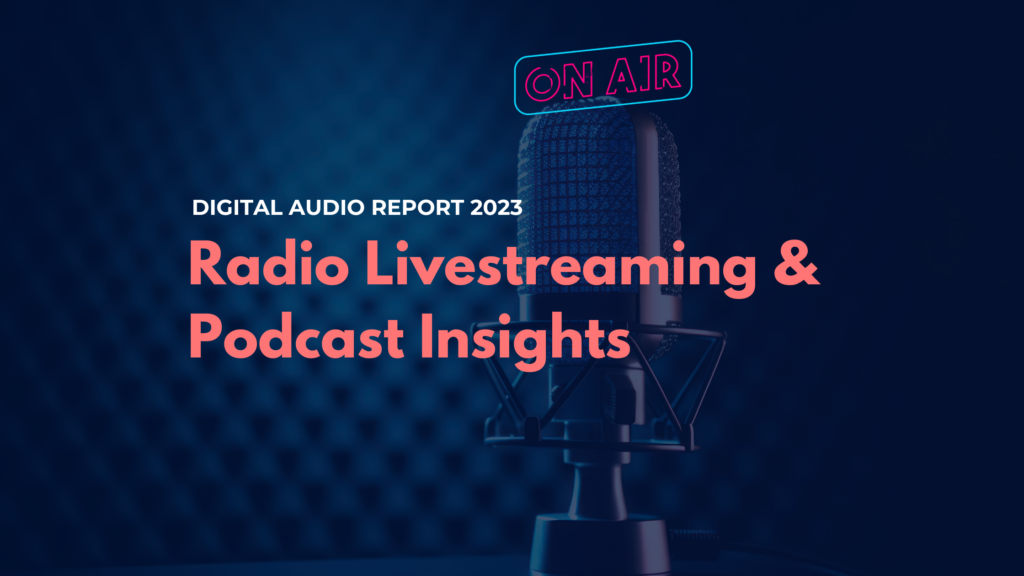Keeping listeners engaged is one of the biggest challenges facing African radio stations in an age where digital platforms dominate and where the attention span is shorter.
As this evolution sweeps across media use worldwide, podcasting for radio stations is proving to be an efficient way of retaining and engaging listeners.
Imagine your live broadcasts not just ending when the show does, but living on as on-demand content. That’s the potential podcasting brings.
Podcasting for radio stations can reinvent your content strategy and help you reach a broader audience.
These are six steps to help radio stations set up and manage their podcast content strategy:
Step 1: Understand the Need for Change
Radio has been a trusted medium of information and entertainment for Africans for decades. However, the digital shift means listeners now crave content they can access anytime, anywhere.
Podcasting for radio stations meets this need. Think of it as giving your content a second life. A live broadcast is like a live event — it’s exciting in the moment, but not everyone can attend.
Turning your live broadcast into a podcast is like recording that event and making it available for anyone to enjoy later at their convenience.
Step 2: Choose the Right Partner & Technology
To make this transition, you need the right partner and tools. Atunwa Digital offers technology that turns your live broadcasts into podcasts effortlessly.
With this technology, you can record, edit, and publish your radio shows as podcasts with ease. This is the essence of podcasting for radio stations — making your content accessible to a broader audience at any time.
Read Also: African Radio Stations Live Streaming: Engaging Global Audiences With Local Content
Step 3: Learn from Success Stories
Let’s take one of our clients, Multimedia Group Limited (MGL) as an example. They have embraced podcasting to extend the life and reach of their radio content.
By turning their live broadcasts into podcasts, they’ve attracted listeners who prefer on-demand content.
This move has also opened up new revenue streams through podcast advertising. The key is to start with one show, see how your audience responds, and then expand.
Step 4: Create a Content Plan
Planning is essential when incorporating podcasting into your strategy. Start by identifying which shows are most suitable for podcasting.
Typically, talk shows, interviews, and discussions work best because they usually offer timeless content.
Once you’ve selected the shows, decide on a release schedule. Just like your live broadcasts, consistency is crucial for podcasts. Listeners should know when to expect new episodes.
Step 5: Promote Your Podcast
Once your podcast is live, the next step is promotion. Use your live broadcasts to inform your listeners about the podcast and encourage them to listen.
Additionally, leverage social media and your website to attract more listeners. The more you promote, the greater your podcast’s reach, and the higher your revenue potential.
Step 6: Measure and Adjust
Finally, track the performance of your podcasts. Look at the number of downloads, listener demographics, and feedback.
This data will help you understand what’s working and what’s not. If you notice a particular episode did exceptionally well, analyze why and try to replicate that success in future episodes.
Remember, podcasting for radio stations is not a one-time effort; it’s an ongoing process of learning and adjusting.
If you’re a radio station owner and are interested in building your station’s podcasting portfolio, you can send an email to info@atunwadigital.com.















